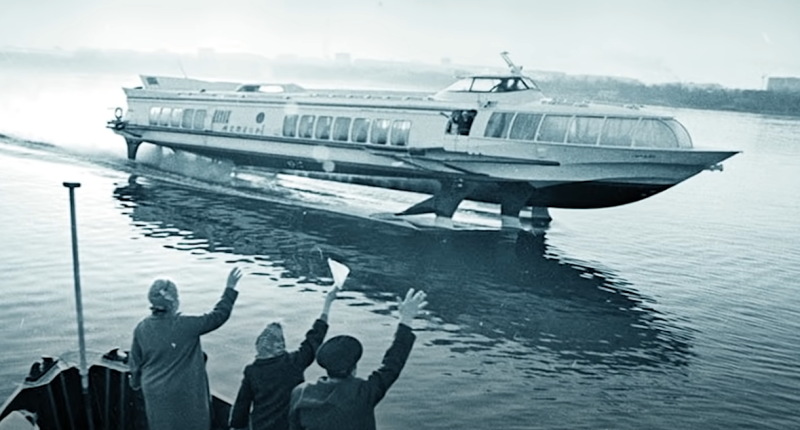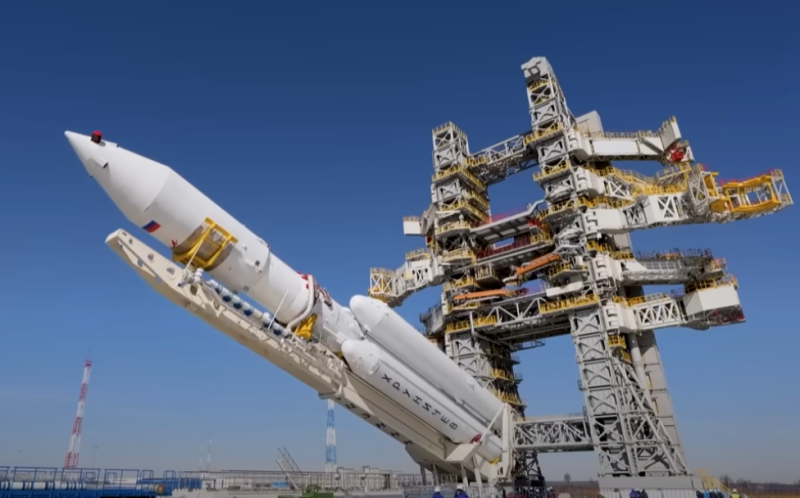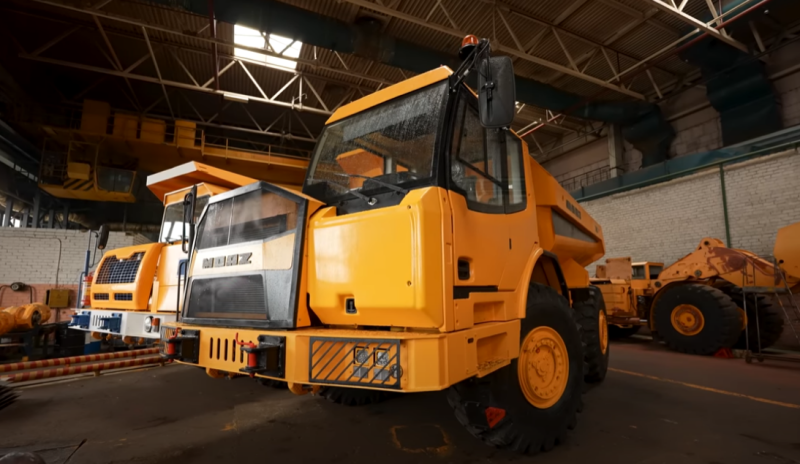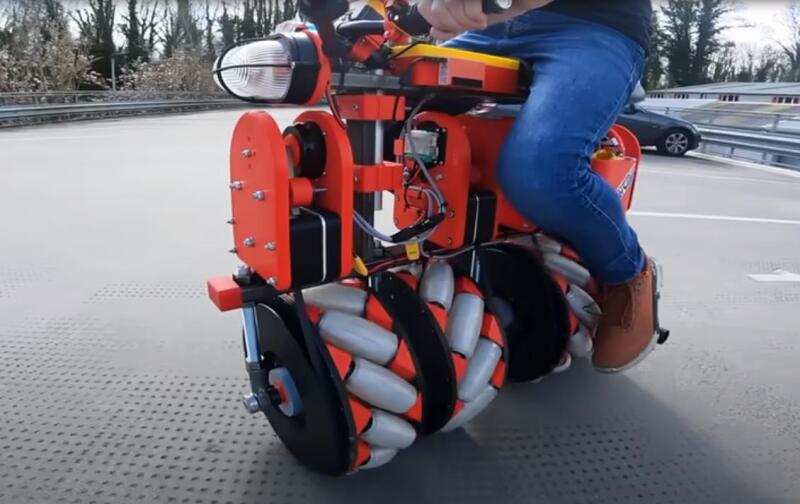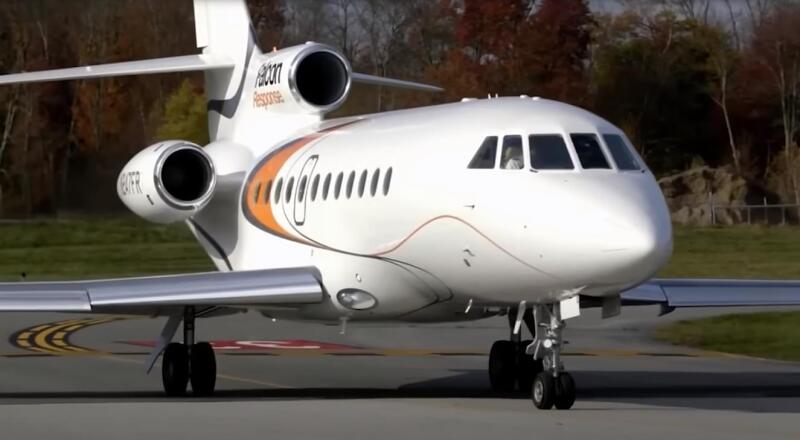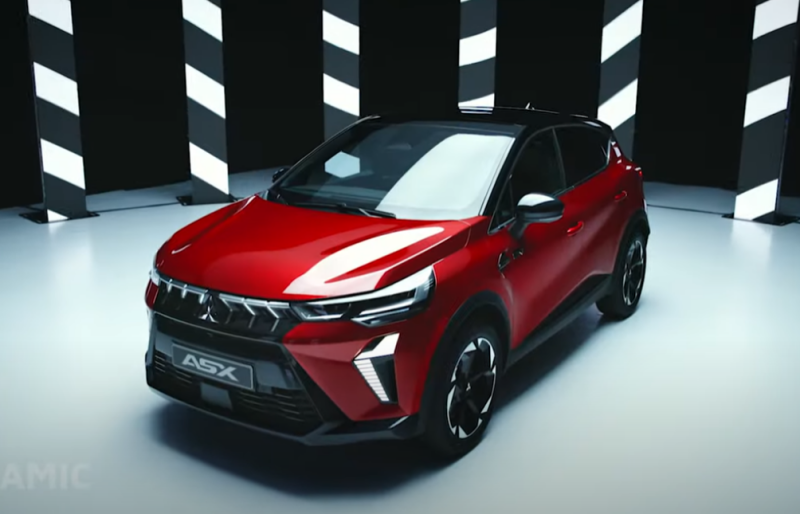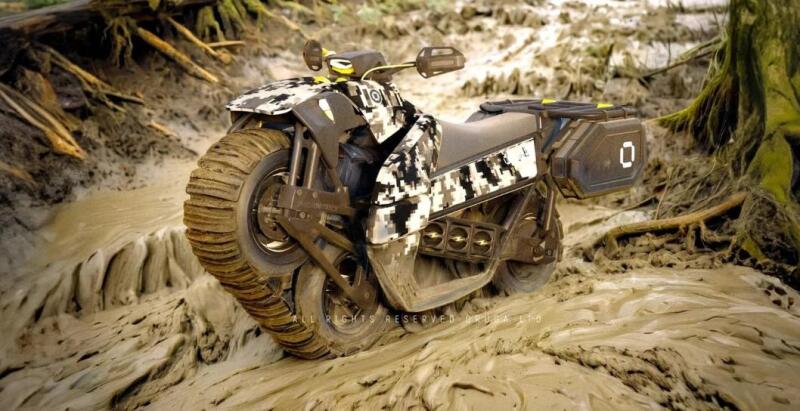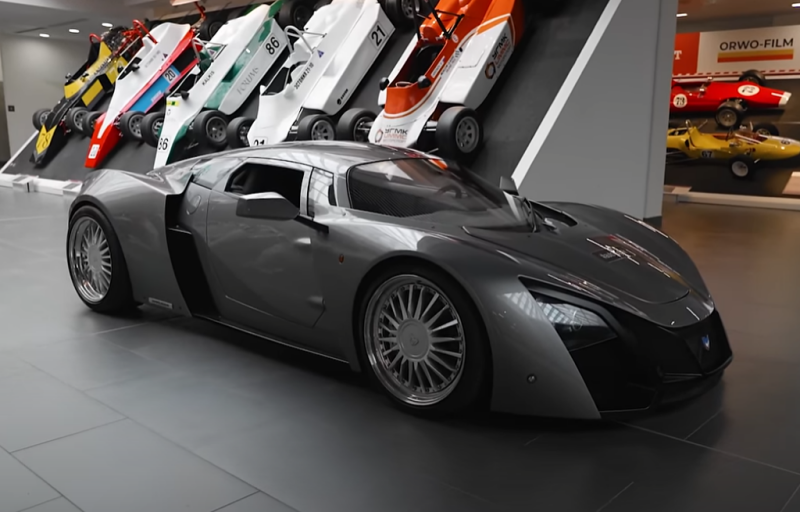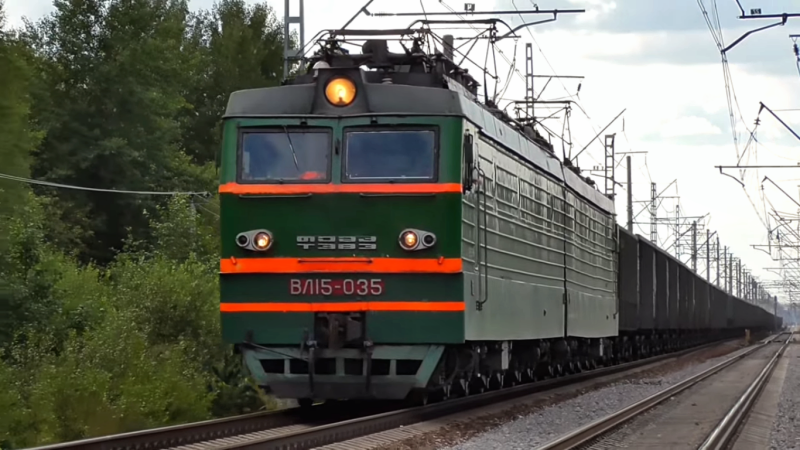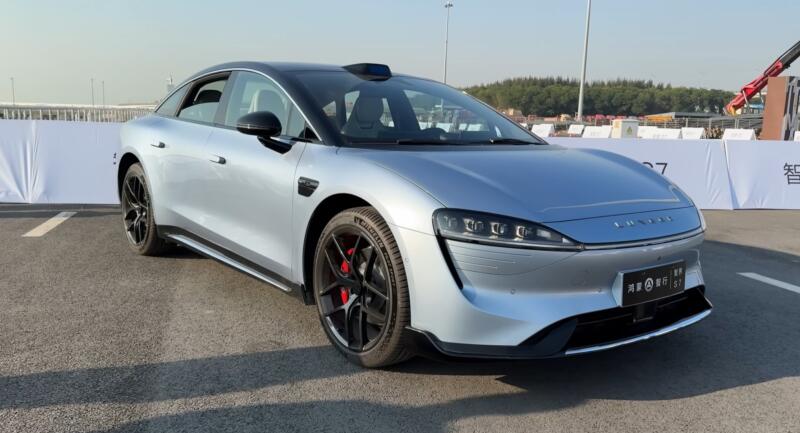Trips along Soviet rivers could also give joy. Especially if they were made on a hydrofoil. This technique was popularly called "Rockets", because it really looked like spaceships.
And most importantly, these are unique vessels that can literally fly over water, carrying up to 300 passengers. And the first serial hydrofoil ship was called the Rocket.
 "Sunrise" is still operated in Russia. Photo: Youtube.com
"Sunrise" is still operated in Russia. Photo: Youtube.comEven now, such a vessel inspires admiration and respect for its creators. And in the late 1950s, it was generally something cosmic. No wonder the inventor called it "Rocket".
Unfortunately, in the 90s, Russia lost most of these ships. They also remained in Belarus, but there they were sold abroad in the first years of the existence of the new state. The river fleet in this country was generally ruined in the bud, although this may be due to the Chernobyl disaster in 1986.
History
The Soviet hydrofoil river fleet appeared thanks to the dream of one person - Rostislav Evgenievich Alekseev. From his youth he was fond of shipbuilding, which eventually resulted in the creation of the Rocket.
 "Meteor" goes to the wing. Photo: Youtube.com
"Meteor" goes to the wing. Photo: Youtube.comAnd it all started back in the late 30s, when Alekseev became interested in "winged" ships, being a student at an institute in the city of Gorky. The result was a thesis on hydrofoils.
For several years, the young designer knocked on the thresholds of the military ministries, trying to promote his project, but he was recognized as unpromising. As a result, the director of the Krasnoye Sormovo plant decided that the idea was interesting and created a whole hydro laboratory for Alekseev and his developments.
The first air-winged vessel (SPK) appeared in 1943. The designer was dissatisfied with his offspring and himself recognized it as unpromising. But the management of the Krasnoye Sormovo plant positively assessed the project, allocating new premises to Rostislav Evgenievich and increasing the staff.
 These ships were amazing. Photo: Youtube.com
These ships were amazing. Photo: Youtube.comInspired by confidence, Alekseev set to work, creating an improved hydrofoil boat under the designation A-5. The military noticed an interesting vessel, positively assessing it.
Further, the project developed according to the following scheme:
✅ Equipping the 123K torpedo boat with hydrofoils
✅ Acquaintance with a German trophy vessel of a similar design
✅ The appearance of an improved model A-7
For the introduction of new technology in military shipbuilding, Alekseev received the Stalin Prize in 1951.
But the designer did not want to work for the army. His dream was a hydrofoil river fleet. Again, attempts began to promote the project, conversations and correspondence with officials. The main problem was the death of Stalin. After this, the development of any Soviet technology began to be delayed - Khrushchev had a completely different approach.
 Rostislav Evgenievich Alekseev. Photo: Youtube.com
Rostislav Evgenievich Alekseev. Photo: Youtube.comBut the designer did not lose heart, continuing to storm all the thresholds and ministries. At the end of 1956, the Rocket project nevertheless started. Thanks to Alekseev's enthusiasm, the experimental workshop worked in three shifts. The result was not long in coming - in 1957 the first experimental model appeared.
SPK "Rocket" literally flew from Gorky to Moscow in 15 hours. The classic modern ship of those years needed three days for this. And the swift silhouette delighted all casual spectators. The hydrofoil arrived just in time for the opening of the World Festival of Youth and Students.
Guests of the Soviet Union got the opportunity to ride with the breeze, which they did with pleasure. Nikita Sergeevich Khrushchev also deigned. He liked the "Rocket", the leader of the USSR gave the go-ahead for mass production of the model.
Trials and release
After a brilliant debut at the World Festival of Youth and Students, "Rocket" entertained the guests of the capital for several more weeks. Since Alekseev declared the ship ready for mass production, he was sent for full-fledged tests. They consisted in the normal operation of the SEC on the route from Gorky to Kazan.
 The first "Rocket". Photo: Youtube.com
The first "Rocket". Photo: Youtube.comThe first city was chosen for a reason - in the event of a breakdown, the "Rocket" can be quickly repaired or modified. The hydrofoil proved itself here too - it covered the route in 7 hours instead of 30 for classic steamers. After the end of navigation, the "Rocket" was recognized as fit.
Serial production of the model began in 1958. The first hydrofoils were assembled at the Krasnoye Sormovo plant. Starting in 1960, "Rockets" were also produced in Feodosia. In total, about 400 hydrofoils of this model left the stocks.
The ships had duralumin hulls, which made it possible to accommodate up to 66 passengers in the cabin. Engines were installed diesel V12 with power from 900 to 1200 hp. With.
"Rockets" were produced in three main versions:
✅ 340 - basic
✅ 340ME - specially designed for operation in shallow water
✅ 340E - export
The speed of the first SPK was about 65 km/h.
Popularity abroad
Passenger hydrofoils were a revelation not only for the Soviet Union. Residents of the capitalist countries also admired these beautiful ships, literally flying along the rivers of the USSR.
 In Russia, "Rockets" were used for more than one year after the collapse of the USSR. Photo: Youtube.com
In Russia, "Rockets" were used for more than one year after the collapse of the USSR. Photo: Youtube.comIt is worth noting that no other country in the world had such analogues. Therefore, "Rockets" were delivered abroad, earning foreign currency.
Soviet passenger SPK operated in England, West Germany. One "Rocket" even hit New York. True, she worked in this city for only one year, after which she was sent to Bermuda, deciding that exploitation there would bring many times more profit.
Soviet hydrofoils were supplied, of course, to the countries of the socialist camp. Often by barter.
By the way, in the mid-90s, several "Rockets" that remained in Belarus were bought by representatives of Nicaragua. There they were restored and worked out a couple of navigations, arousing the admiration of local residents.
Other modifications of passenger SPK
The most impressive hydrofoil in the USSR was the Burevestnik. This is a unique gas turbine vehicle, produced in only one copy in 1964. This was a real water plane.
 "Meteor" replaced the "Rocket". Photo: Youtube.com
"Meteor" replaced the "Rocket". Photo: Youtube.comThe Burevestnik developed a fantastic speed even for the SPK - up to 150 km / h. True, only in theory, the captains never “flyed” like that, they were afraid. It is possible that during the tests the gas turbine vehicle was indeed accelerated to this speed, but no official data has been preserved. "Petrel" had a hull length of 42 meters and two aircraft engines on the sides. Exactly the same ones were used on the Il-18.
This hydrofoil operated until the end of the 70s. in 1974 it had an accident and was seriously damaged. They repaired the SPK somehow, but the gas turbine somehow still worked for several years.
The Meteor was a popular model in the USSR. From 1961 to 1991, about 400 ships of this type were built. They are larger than the "Rockets" - 34 meters, and accelerated to 100 km / h. This technique did not have aircraft engines - only diesel engines with propellers. But in production they were cheaper.
Marine versions of the Meteor were produced under the name Comet. Approximately one third of the models produced were sold abroad between 1964 and 1981.
 Modern Meteor 120R. Photo: Youtube.com
Modern Meteor 120R. Photo: Youtube.com"Rocket" was replaced by "Sunrise". This is a more modern vessel, produced from 1973 to the 90s.
The most monumental hydrofoil model was the Sputnik. With a length of 47 meters, he took on board up to 300 passengers. There was also a marine version of the model - it was called "Whirlwind". Of the unfamiliar, but existing Soviet SPK, it is worth mentioning the "Seagull", "Swallow" and "Typhoon".
Now in Russia they are trying to revive the river fleet, first of all, hydrofoils. It should be noted that the process is moving forward, albeit slowly. But this is a completely different story, in which Valdai-45R and Meteor V2 appear - the descendants of the legendary Soviet "Rockets".
